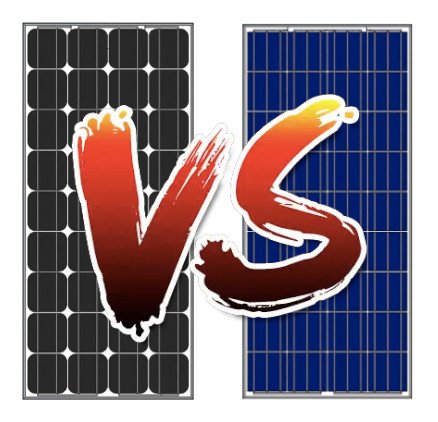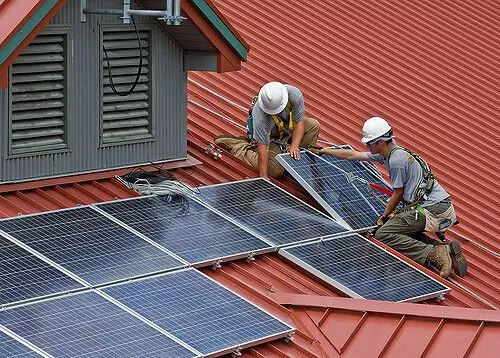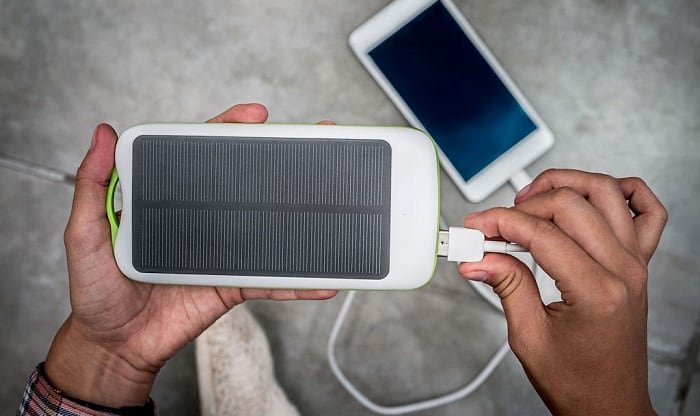
Types of polycrystalline and monocrystalline solar panels
If you want to install solar panels in your home and you do not have much knowledge of the subject, you will find that there are different types of solar panels , for this reason in this article we will talk about Types of polycrystalline and monocrystalline solar panels .
Types of polycrystalline and monocrystalline solar panels
Apart from these two types of solar panels, there are thin-film solar panels, but they are the least used on the market due to their low efficiency. The most used and sought after are the types of polycrystalline and monocrystalline solar panels
What is the difference between Polycrystalline and Monocrystalline Solar Panel Types ?
| We want to introduce you to two popular types of solar panel technologies that dominate 80% of the PV market: monocrystalline and polycrystalline solar panels . Read more
But what are the differences between them? While both are reliable and have a mature market, they differ in form and performance . |
 |
Monocrystalline Silicon Solar Panels
 |
Monocrystalline , also called monocrystalline silicon solar panels , are easily recognizable due to their external dark black color. They are made from cylindrical silicon ingots that are cut into wafers and have higher efficiency ; Thanks to the purity of silicon, they can better exploit solar radiation. |
Advantages |
Disadvantages |
|
|
Polycrystalline silicon solar panels
 |
Polycrystalline solar panels are also known as multicrystalline solar panels , and unlike monocrystalline solar panels, the molten silicon to produce them is poured into a square mold. Article inline ad #1
This silicon is cooled and finally cut into square wafers creating the polycrystalline shape . |
Advantages |
Disadvantages |
|
|
| Identifying the difference between monocrystalline and polycrystalline solar panels is important when making the right decision in the early stages of project management, especially in large projects that need accurate feasibility analysis. It is important to identify your project specifications accordingly and choose the right solar panel that meets your needs with economical efficiency. |
 |
It is always an advantage to select a good brand.
But how can you identify a good brand? Choose a company that invests in your R&D and effectively operates its production process and constantly increases product quality and adjusts to market needs. A great reputation and reliability is also a great advantage. They should have long -term warranties to replace the panels in case they perform less than the standard set.





